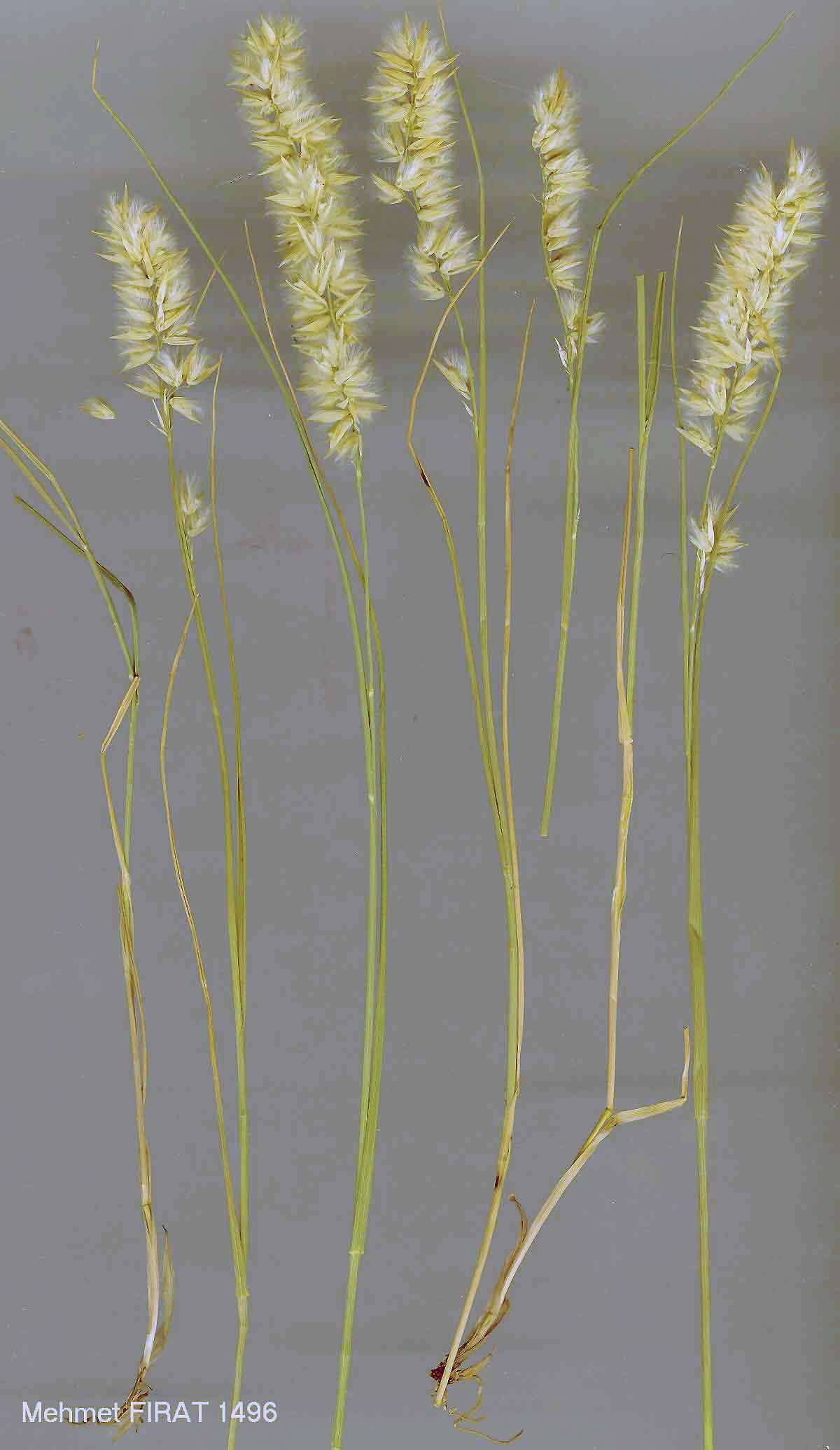| Poaceae |
|---|

Melica picta C. KOCH |
Melica L. |
M. picta C. Koch in Linnaea 21:395 (1848). Ic: Fl. URSS 2: t. 26 f. 5 (1934). Map 101. Tufted perennial with slender, shortly creeping rhizome. Stems to 80 cm, slender, smooth or somewhat scabrid below inflorescence. Leaf sheaths scab-rid; ligule ovate, 1-2.5 mm. Leaf blades linear-acuminate, to 16 cm x 5 mm, very scabrid on margins and both surfaces, sparsely -pilose on upper surface. Panicle narrow, linear, to 12 cm, with distant, secund spikelets. Spikelets 8-10 mm, with 1-2 fertile florets. Glumes pinkish-grey, elliptic-obtuse or -acute, subequal, c. 7 mm, 5-veined. Lemma of fertile florets coriaceous, broadly elliptic, weakly 3-veined, shining, glabrous. Fl. 7-8. Scrub, field and forest margins, meadows, 1500-1800 m. Type: [Caucasia] nur in Wäldern: häufig auf den nördlichen Abhängen des unteren Kaukasus, C. Koch (holo. B, destroyed). Lectotype (Tzvelev in Zlaki SSSR 552, 1976): Prov. Lori in Georgia, C. Koch (LE). N.E. Anatolia. A9 Kars: around Posof, 1500-1800 m, Sorger & Buchner 82-106-51! C.& E. Europe, Caucasia. Euro-Sib. element. Very close to the Eurasian M. nutans L.; the latter is said to occur in Turkey-in-Europe by Tutin (Fl. Europaea 5:178, 1980) but no material has been seen and the record is probably a misidentification. M. nutans differs from M. picta by its longer rhizome, shorter ligules (0.5 mm), less scabrid leaf blades, smaller spikelets (6-8 mm) and dull (not shining) lemmas of the fertile florets. |